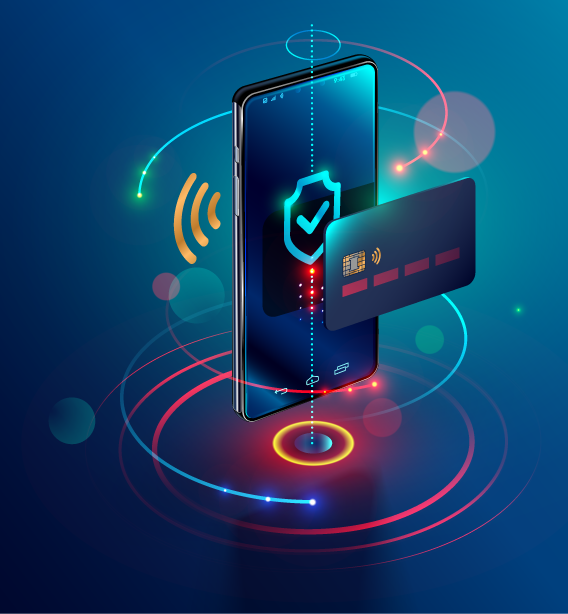Manage Your Debt - Let's Explore Your Options
GET STARTED NOWProtecting Your Finances and Your Mobile Device

Many people use mobile devices for financial services to save time when accessing accounts, to help track spending, and to manage money. Using mobile devices is a lot like using a computer and the same security practices you use for a computer should carry over to a mobile device. This is especially important since your mobile device can more easily be lost or stolen. Here are some tips for using your mobile device in a more safe and secure manner, to help you achieve your financial goals.
Set up alerts and check your account balances: You can set up alerts by text message, email, or even app notifications. Alerts can tell you when your checking account balance is low, when your credit card balance exceeds a limit you set, and even when a charge over a specified amount is placed on your credit card.
Protect your personal information: Do not share your PIN or password with anyone, and do not save them on your mobile device. Think twice about accessing your accounts on a phone or device that you share with another person.
Use passwords: Password protecting your mobile device can help prevent access to your information in the device. Do not use easily identifiable passwords like your birthday and never save passwords on your phone.
Report loss or theft to all your financial institutions or financial services providers as soon as it occurs. If you lose your mobile device, you may be focused on notifying the mobile provider -- but remember to report loss or theft to your financial providers if your device can provide access to your accounts through apps such as Google Pay, Apple Pay or others.
Use secure websites or apps: This sounds obvious, but do not login to your accounts through links that are sent to you by a text message, email address or on a website or app that you do not recognize. When using free or public wi-fi, try to use a private network and go to a secure site that begins with HTTPS.
Use an Antivirus app: Hackers may use malware to steal passwords and account information. However, you can combat that with a smartphone antivirus app. Like their desktop cousins, smartphone antivirus apps provide enhanced security by ensuring applications, PDFs, images, and other files you download are not infected with malware before you open them.
Set-up Two-factor Authentication (2FA): 2FA requires the user to have two out of three types of credentials before being able to access an account. To enroll in 2FA, you must have, at least, one trusted phone number. That phone becomes the second form of authentication. The first form is the username and password. When the username and password are entered, the account sends a code to the phone number. That code must be entered into the account app to access the site or information. Apple iOS, Google Android and Windows 10 all have apps that support 2FA. This does create an extra step in accessing information, but it also helps protect your important financial information.
Remove sensitive information from your old phone or device: If you get a new phone or mobile device, be sure to delete your data and information from the old phone. You may have left names of banks or credit unions, passwords, or other clues that could help identify your personal information.
We hope these tips are helpful in keeping your personal information safe. To learn more about protecting your identity and your wallet, visit the Federal Trade Commission's Identity Theft Protection website.
Published Feb 4, 2021.
